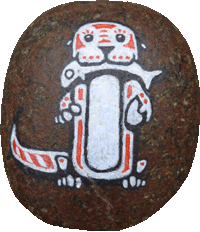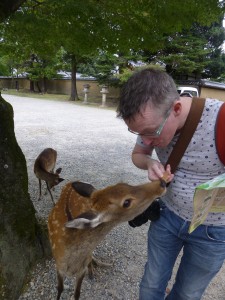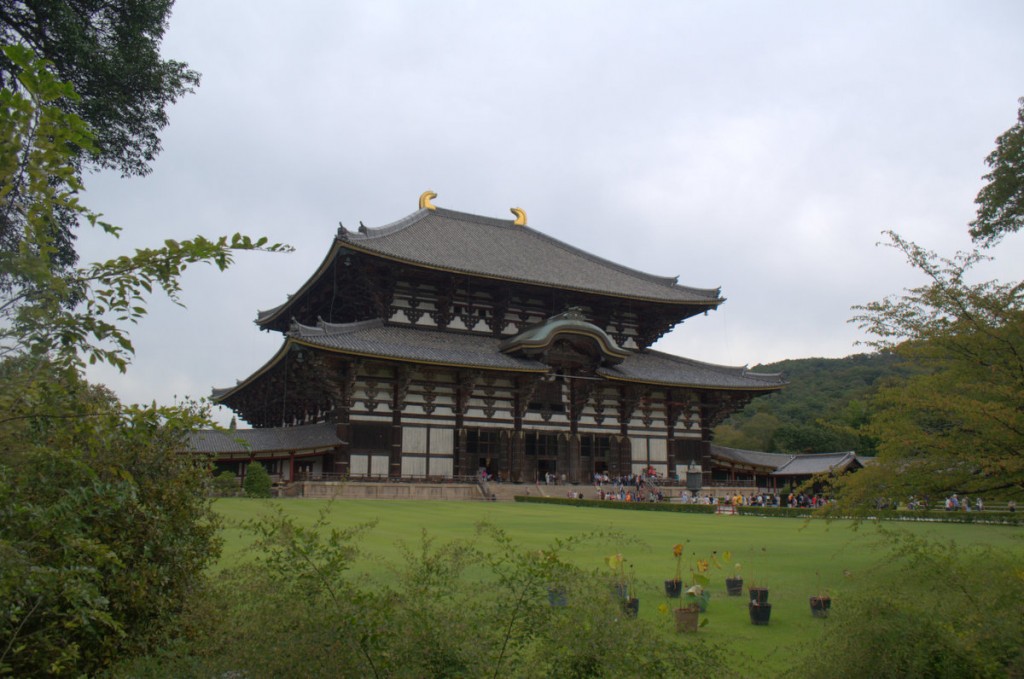4 October 2015
Anyone who visits Nara will always indelibly associate it with deer. The numerous semi-wild deer that roam the wooded and grassy hills where all the temples sit are completely addicted to the little biscuits sold to tourist in packets on the street. Not only are they more fearless than a goat at a petting zoo, they are very determined to get any biscuits going. If you aren’t quick enough doling out the biscuits, some of them will see if your clothes (or street map) are edible, or at least see whether chewing on your clothes won’t cause you to disgorge biscuits in a panic. The more nervous tourists (usually Japanese girls) tended to fling their biscuits in the air with a terrified squeal if a deer so much as looked at them.
Maybe they are right to be frightened, given the warning signs?
So, yeah, there’s a lot of entertainment in simply deer-and-people watching.
But the temples of Nara are truly impressive; the huge Hodaji building sheltering what must be one of the largest Buddhas in the world. The scent of incense around these places, for they are still worshipped at by dedicated locals, took me straight back to Tibet. The furthest temple to be reached had provided a convenient “restful room” for visitors, where you could pour yourself a cup of green tea (provided you wash your cup afterwards) and sit down for a few minutes to spare aching feet.
After the long day (we probably explored Nara for a little too long) we didn’t spend much time looking for dinner. We ended up on Pontocho, a street famous for its hundreds of riverside restaurants. Really, hundreds. Though we managed to pick one where the table next to us was occupied by three young chain-smoking office workers! Still, we enjoyed a mixture of fairly good dishes, the best of which was soft tofu and minced beef, long-stewed in a really peppery sauce.
Related Images:
















































